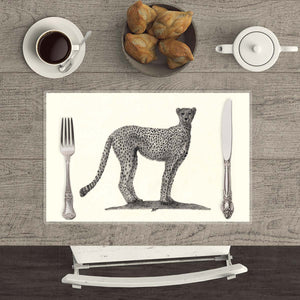The Single Strategy To Use For Unique Art
The Single Strategy To Use For Unique Art
Blog Article
6 Easy Facts About Unique Art Explained
Table of ContentsGetting My Unique Art To WorkSome Of Unique ArtFascination About Unique ArtThe Facts About Unique Art Uncovered
While one might debate which art type holds precedence, the reality stays that each of these seven types provides an unique home window into human history, society, and development. They are the tapestries that chronicle our trip, advising us of our past while motivating visions for the future.Excellent art work tells a tale, makes people look twice, and produces an one-of-a-kind experience that can't be matched. Art and images connect every one of that through color, form and other design components. Discover how to make your one-of-a-kind art work stand out from the group.
3 Emil DervishIn this entranceway by Emil Dervish that beautiful cobalt blue door takes the show. To bring much more dramatization, he extended the paint. to the doorframe and the wall surface up, finishing in an arched shape. The contours, in addition to a round sconce, soften the edges - Unique Art. Structures classic posters and maps of precious places established the scene.
8 TRIA GIOVANEqual parts grand and laidback, this entrance hall made by Anthony Baratta is the perfect blueprint to follow if you're enhancing a formal entry that still feels unfussy and comfortable. Formed textiles take spotlight (see the carpetings and the couch), however they also help bring the high ceilings down to a human range when hung over wallpaper.
The Facts About Unique Art Revealed
18 Heidi Caillier DesignA gallery wall doesn't need to take up the whole room. Often a small one can make a bigger design statement. In this living space, Hiedi Caillier decided for micro-mini structures and a random composition.
The components of this languageits forms, lines, colours, tones, and texturesare used in numerous means to generate feelings of quantity, room, movement, and light on a flat surface. These elements are combined into meaningful patterns in order to represent actual or superordinary phenomena, to interpret a narrative motif, or to create entirely abstract visual partnerships.
Later the concept of the "great artist" developed in Asia and Renaissance Europe. Famous painters were visit their website paid for the social status of scholars and courtiers; they signed their work, chose its style and commonly its subject and imagery, and developed an extra personalif not constantly amicablerelationship with their clients. Throughout the 19th century painters in Western cultures started to lose their social placement and protected patronage.
Getting The Unique Art To Work
Others earned an income via visiting events of their work. The requirement to appeal to a marketplace had actually replaced the similar (if less impersonal) needs of patronage, and its effect on the art itself was possibly similar. Typically, artists in the 20th century might reach a target market just via commercial galleries and public galleries, although their job might have been sometimes replicated in art regulars
, even when a paint's narrative symbolism is unknown.
Don't copy the design of various other musicians if you're searching for your design. Duplicating other individuals's art work can be excellent in educational functions however it will certainly not make you closer to discovering your very own special design. Your artistic design has to be, what you like and what inspires you.

See This Report on Unique Art
You require to try great deals of various choices and discover whatever before you can concentrate on one specific design or you'll be tired, or even worse, you'll dislike your very own design. So I recommend you to try every topic that you want, discover as long as you can. Attempt various mediums that thrill you and new techniques you have actually never ever tried before.
With time you'll have the ability to sort every one of them into your favored and the very least favorite categories. Attempt to concentrate your focus on the subjects and mediums that you like and before you see it coming you'll have your very own personal and special style, like no one else have! So in the end you'll have a couple of preferred subjects to repaint and perhaps a couple of favored mediums.

Report this page